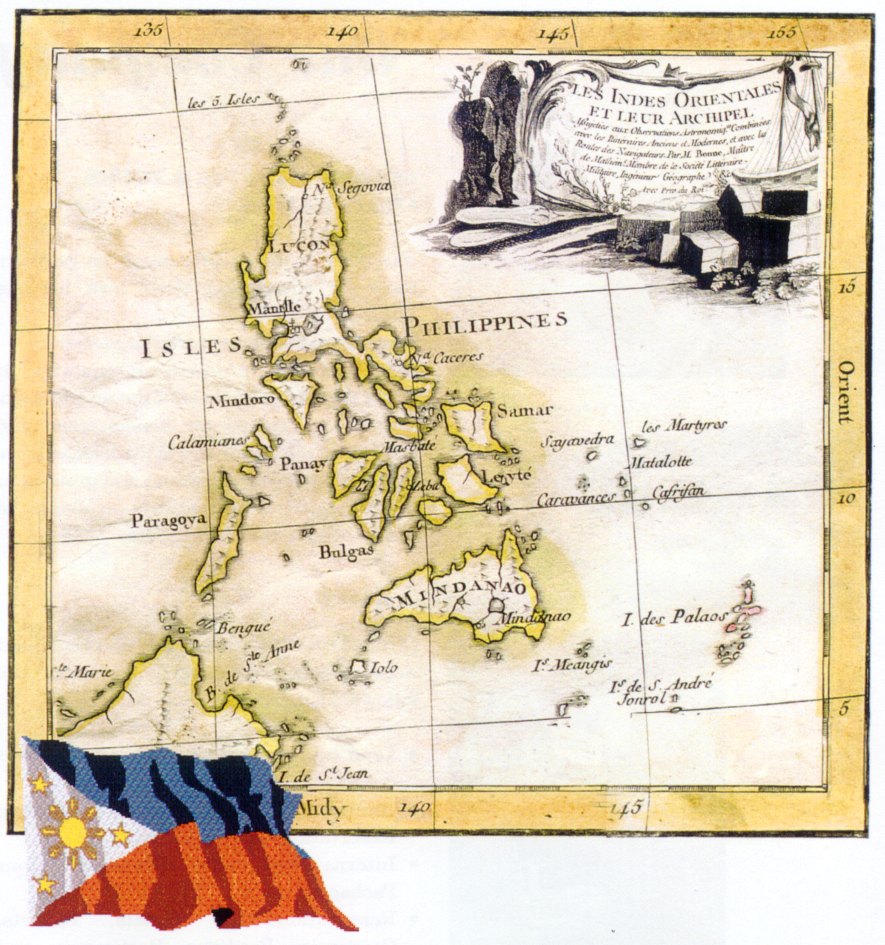
The Philippines is an archipelago of 7,107 islands, blessed with wealth of natural resources, a rich history and unique culture.

The Philippines is an archipelago
of 7,107 islands, blessed with wealth of natural resources, a rich history
and unique culture.
Lying on the westernmost rim of the Pacific Ocean, the Philippines is a series of half-submerged mountain ranges, part of the great cordillera that extend from Japan to Indonesia. Stretching 1,839 kilometers north to south, and spanning 1,104 kilometers east to west, the Republic of the Philippines has a total land area of approximately 300,000 square kilometers.
The three major island groups are Luzon, in the north, the Visayas, and Mindanao in the South. Luzon and Mindanao account for sixty percent (60%) of the country's population of about 70 million.
In 1521, the Spaniards stumbled onto the islands and found a collection of small independent sultanates and kingdoms. Basically of Malay-Polynesian stock, they tended to organize themselves into small, family-oriented groups that made colonization an easy task for the Spaniards. These groups were offshoots of a series of migration from the Asian mainland that took place over some 400 years ago..
The Filipino of today is made up of 111 cultural, racial and linguistic groups of Malay-polynesian origin with varying degrees of Indian, Arabic, Chinese, American, and Spanish influence. The national language is Tagalog, however, another 70 languages and dialects are also spoken.
The Pinoy, as the Filipino
calls himself colloquially, is a pleasant mixture of Malay warmth and generosity
of Latin temperament and volatility, and western ingenuity. Overall, you
will be overwhelmed by the friendliness, attentiveness and love for receiving
guests where total hospitality is a pleasure.
 |